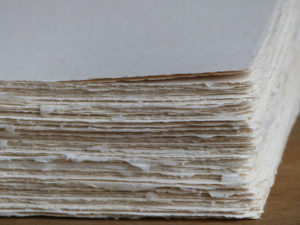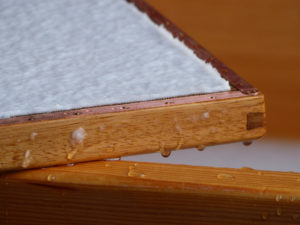Map of the City of Guangzhou / Canton, 1700.
Given its position at the mouth of the Pearl River, Guangzhou has been an important port and trade hub throughout the centuries. Neighbouring two other giant trade and transportation centres – Macau and Hong Kong – traders from Europe arrived at the end of 17th and the beginning of 18th centuries and gave the city its international spirit. This atmosphere is captured nicely in this city plan from 1700: a busy harbour with a large number of ships coming and going, the symmetrical structure of the houses within the city walls and a second major gate leading inland. Tea was an important subject of trade in the 18th century.
Jason Goodwin’s “A Time for Tea: Travels through China and India in Search for Tea” takes the reader to those places in China connected to this iconic drink including Guangzhou. The history of the city is also depicted through the story of tea.
Buy restored reproduction of this map printed on a high quality handmade paper here.











